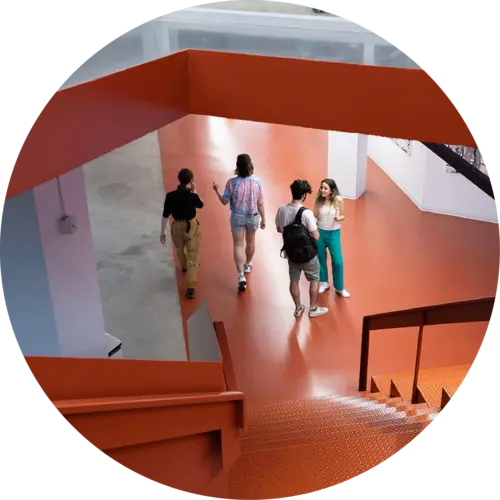
Ross Goroshin
Biographie
Ross Goroshin est chercheur chez Google DeepMind, à Montréal et membre industriel principal à Mila - Institut québécois d'intelligence artificielle. Il est titulaire d'un doctorat en informatique de l'Université de New York, où il a été supervisé par Yann LeCun. Il est également titulaire d'un baccalauréat en génie électrique de l'Université Concordia et d'une maîtrise en génie électrique de Georgia Tech. Ses recherches portent sur la vision par ordinateur, l'apprentissage auto-supervisé et le contrôle optimal.
En plus de ses rôles chez Google DeepMind et Mila, Ross est professeur adjoint au Département d'informatique et de recherche opérationnelle (DIRO) de l'Université de Montréal.


